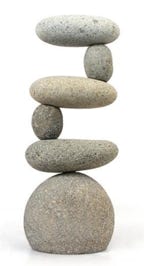FAQ about House Calls:
Why House Calls?
Your home is a special place. If you have a chronic condition—there is no place like home for your healing. At your place—I will optimize therapy to suit your individual needs. Your home environment will work as a powerful facilitator of your recovery. And your personalized exercise program will merge with your activities of daily leaving.
If you are concerned with COVID-19, my House Calls can be substituted by Virtual Visits where instructions are provided via Zoom, Skype or FaceTime.
Why choose my service?
I am a Doctor of Physical Therapy with over 30 years of practice experience. I practiced in excellent clinics in Warsaw, Sydney, Adelaide, Chicago, and the Hudson Valley. In my quest, I studied many schools of thought related to health, healing, and physical therapy. Some of them grounded in western science, others in eastern, artistic practices. I will be more then happy to help you resolve your problems with my eclectic arsenal of skills. Currently, I provide face-to-face and virtual consultations. This map pictures the primary area of my house-call services: Southern Putnam & Northern Westchester Counties of NY.

Southern Putnam and Northern Westchester Counties of NY.
What should you expect during a house call?
Your first session will start with a brief interview. I will review your past medical history. (Please prepare copies of any lab and x-rays reports, and your physician’s contact information.) I would like to hear from you about your goals and expectations. Then, I will examine you, and discuss my diagnosis, prognosis, and treatment options.
During follow-up sessions, you will receive comprehensive and on-going evaluations of outcomes. My recommended treatments will depend on your particular needs, may include any or all the following:
- strengthening, re-education, or facilitation of movement,
- mobilization or manipulation of joints,
- stretching and mobilization of soft tissues,
- cardiopulmonary conditioning, and/or
- relaxation, massage, or application of physical modalities.
